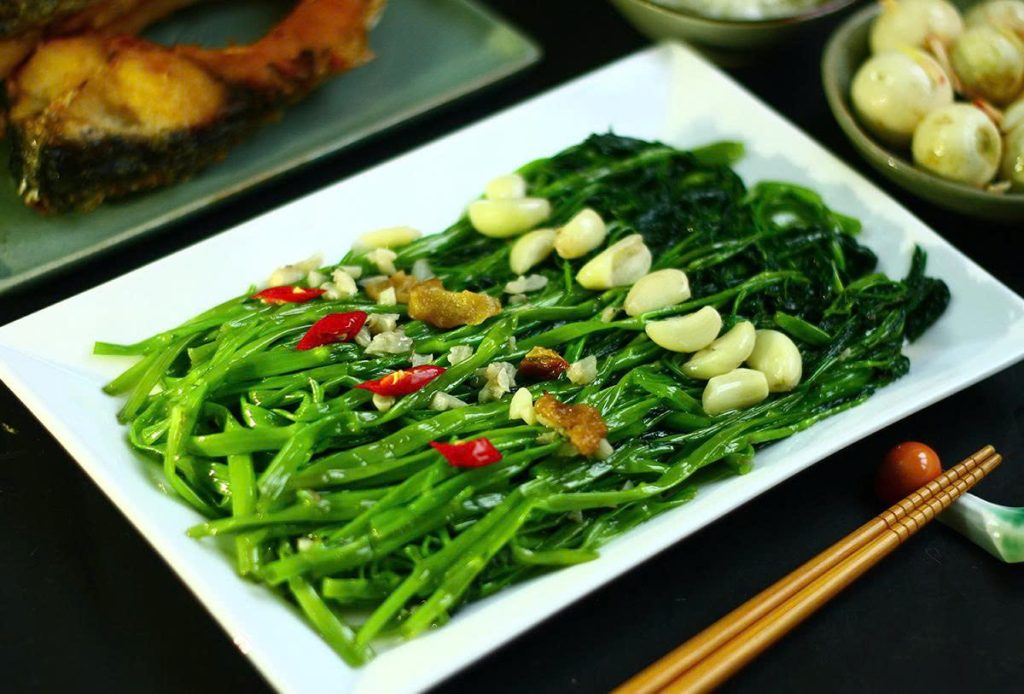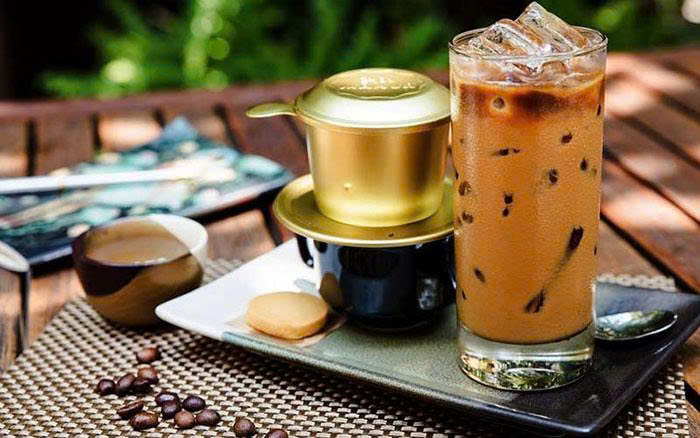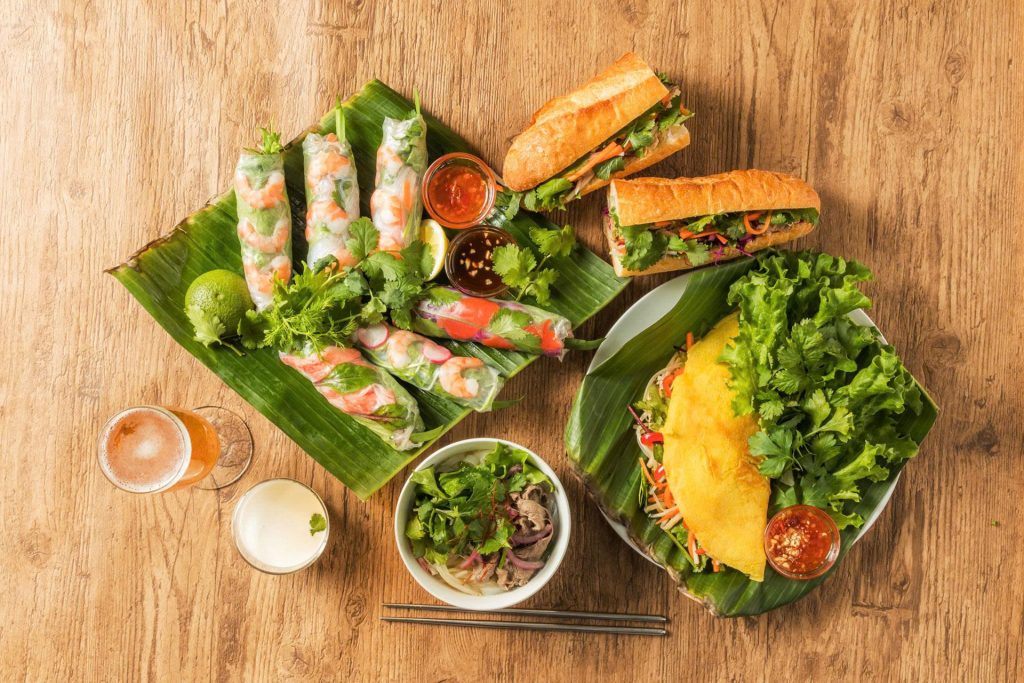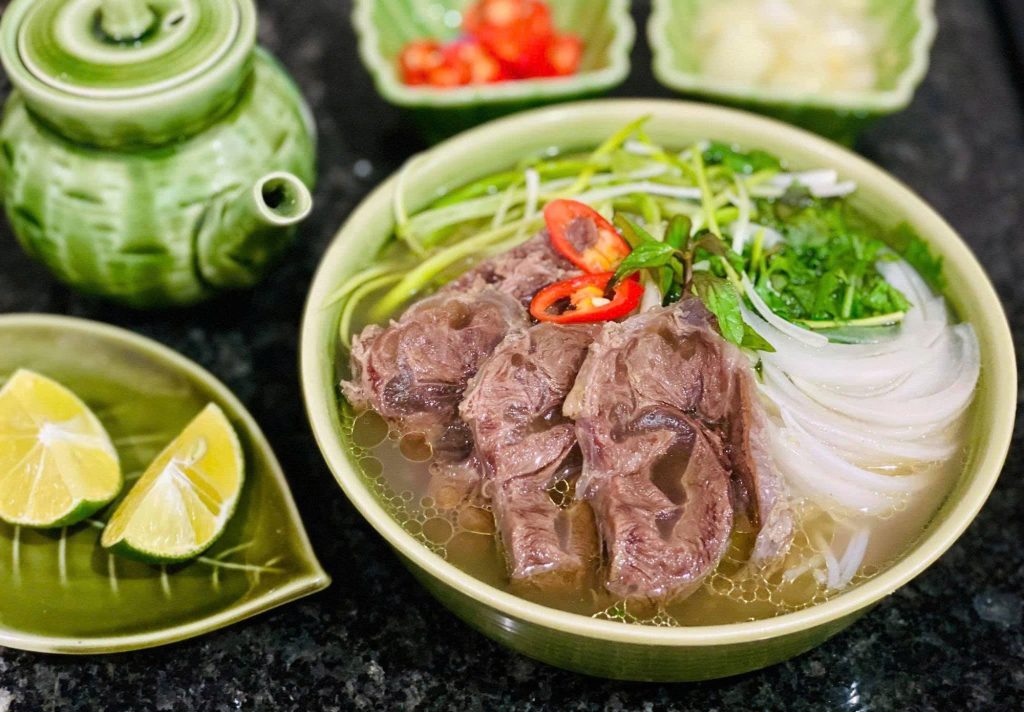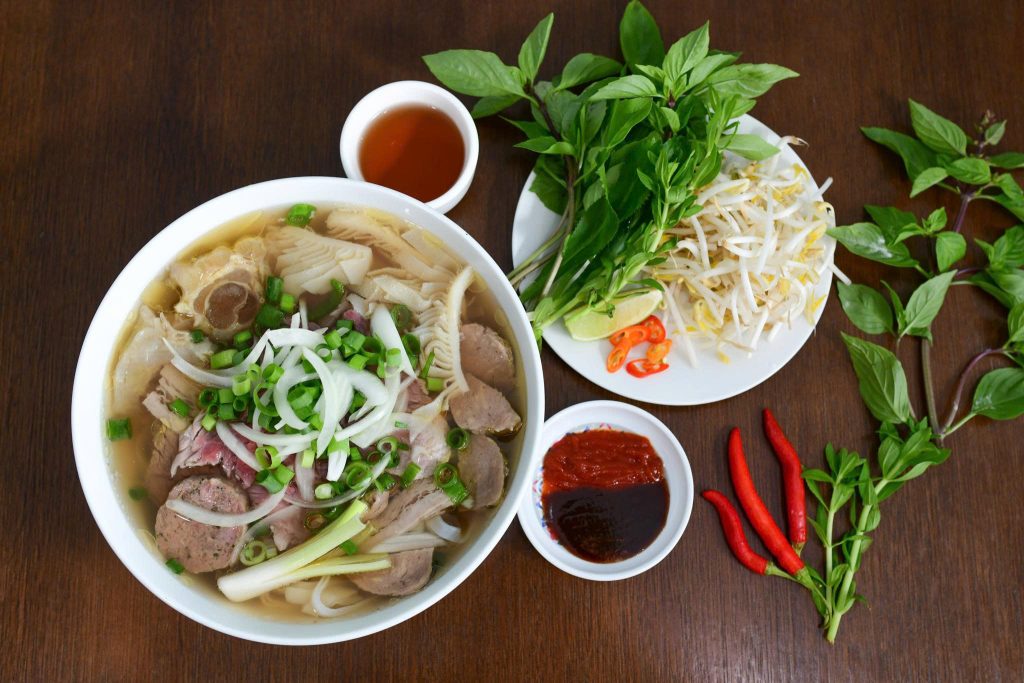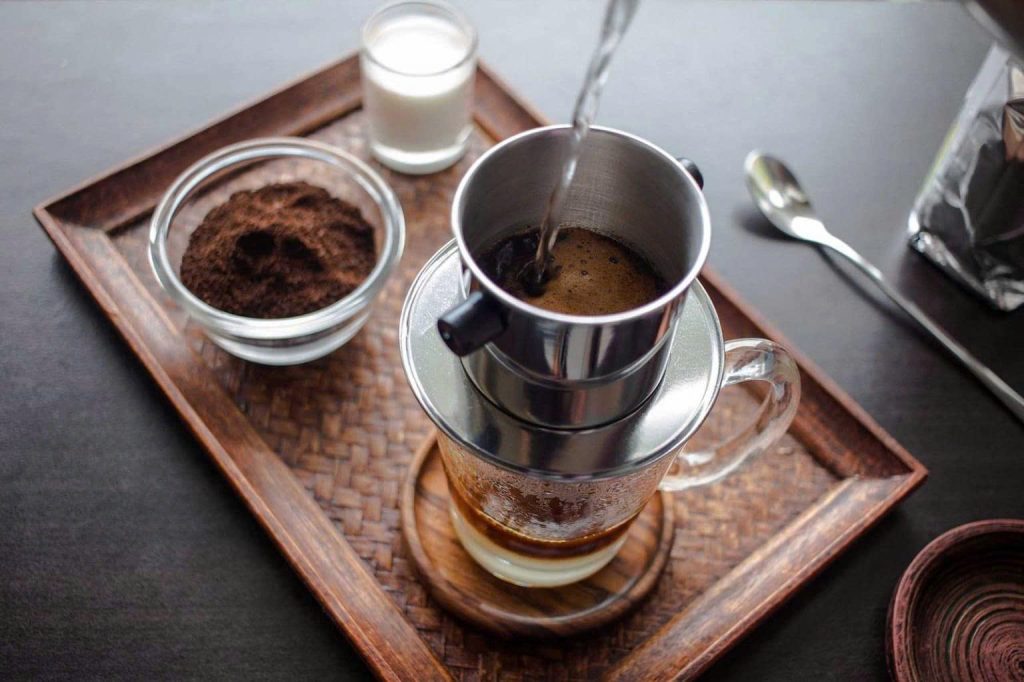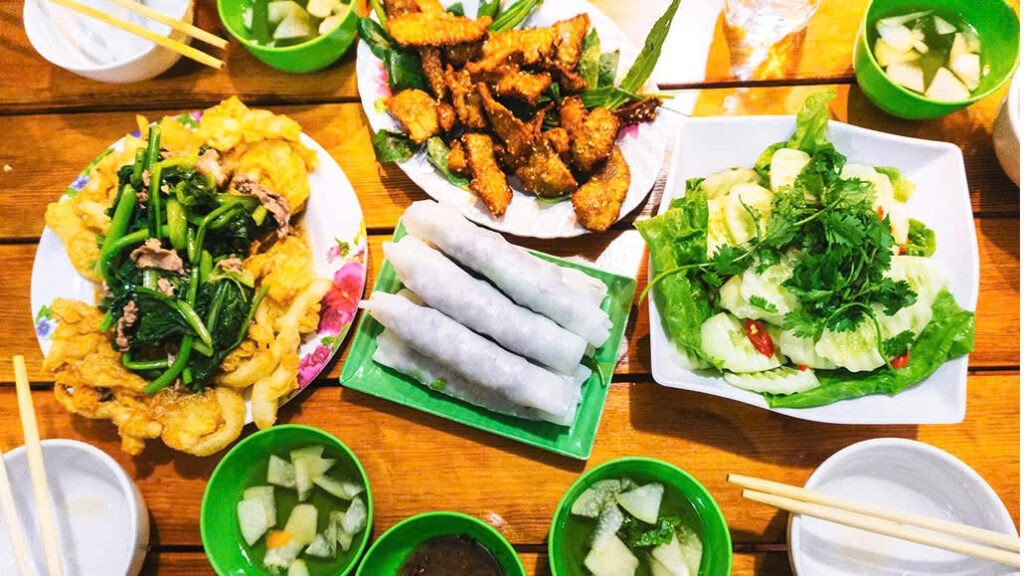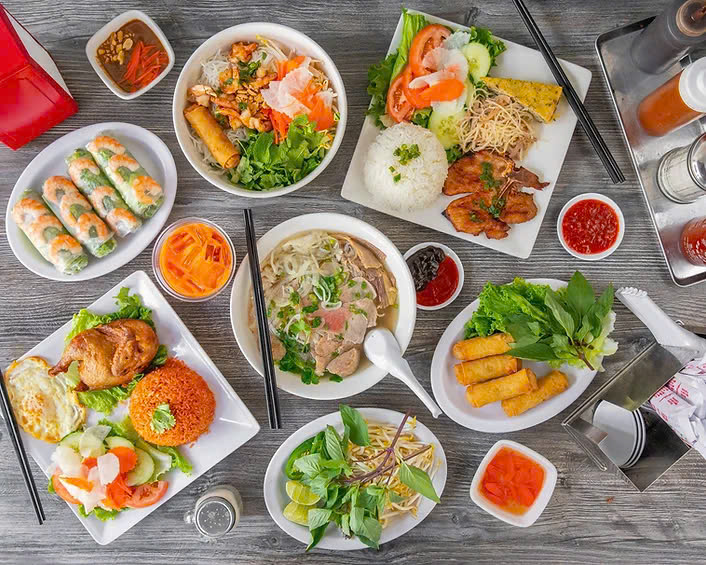In the rich tapestry of Vietnamese gastronomy, where every dish tells a story of culture and tradition, few ingredients hold as special a place as rau muong. Known as water spinach in English, this simple, leafy green is more than just a vegetable; it’s a symbol of Vietnam’s culinary heritage, embodying the nation’s ability to create delicious and nourishing food from humble beginnings. Rau muong is a ubiquitous presence, found on every family dinner table, from bustling city restaurants to tranquil village homes. Its versatility and refreshing flavor make it a beloved staple, celebrated for its simplicity and profound connection to the land.
What is Rau Muong? A Look at This “National” Vegetable
Rau muong, scientifically known as Ipomoea aquatica, is a semi-aquatic plant that thrives in Vietnam’s tropical climate. It’s an easy-to-grow vegetable, often cultivated in water-filled paddy fields or on moist land, which explains its common English name, water spinach. The plant has long, hollow stems and tender, spear-shaped leaves. Both the stems and leaves are edible, though they require different cooking methods to bring out their best textures.
There are two main types of rau muong:

- Rau muong nuoc (Water spinach): Grown in ponds or slow-moving water, this type has longer, more slender stems and a crisp texture.
- Rau muong can (Land spinach): Cultivated on dry land, this variety has thicker, shorter stems and is often used for stir-frying.
This vegetable is deeply rooted in Vietnamese daily life. Its affordability and widespread availability have made it a democratic food source, accessible to people from all walks of life.
A Culinary Tour: Popular Rau Muong Dishes
The true magic of rau muong lies in its adaptability. It can be transformed into a variety of dishes, each highlighting a different facet of its flavor and texture.
1. Rau Muong Luoc (Boiled Water Spinach)
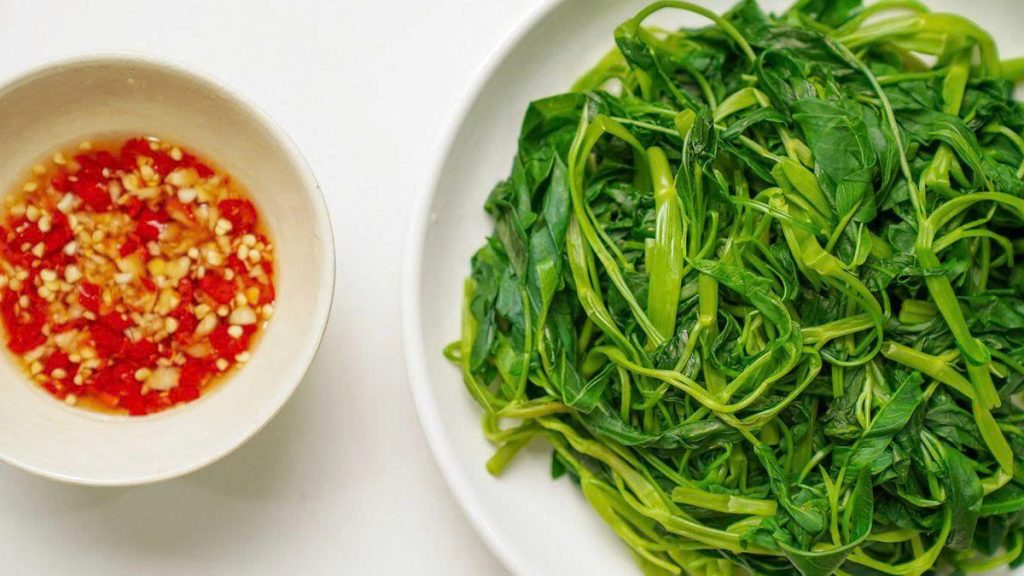
This is arguably the simplest and most iconic rau muong dish. The process is straightforward: fresh rau muong is boiled in water until tender-crisp. The result is a vibrant green vegetable that retains its subtle, earthy flavor.
How to Make It:
- Step 1: Preparation. Wash the rau muong thoroughly. Snip the stems into 10-15 cm lengths.
- Step 2: Boiling. Bring a pot of water to a boil. Add a pinch of salt to preserve the green color.
- Step 3: Cooking. Blanch the rau muong for 1-2 minutes until just tender. Avoid overcooking to maintain its crispness.
- Step 4: Serving. Drain the rau muong and serve it hot. The star of this dish is the dipping sauce.
Dipping Sauce (Nuoc Cham): The real highlight is the nuoc cham (Vietnamese dipping sauce). This can be a simple mixture of soy sauce and lime juice or a more complex concoction of fish sauce, sugar, chili, garlic, and a squeeze of lime. Often, the delicious, nutrient-rich boiling water is served as a separate bowl of light soup, a perfect companion for a simple rice meal.
2. Rau Muong Xao Toi (Stir-fried Water Spinach with Garlic)
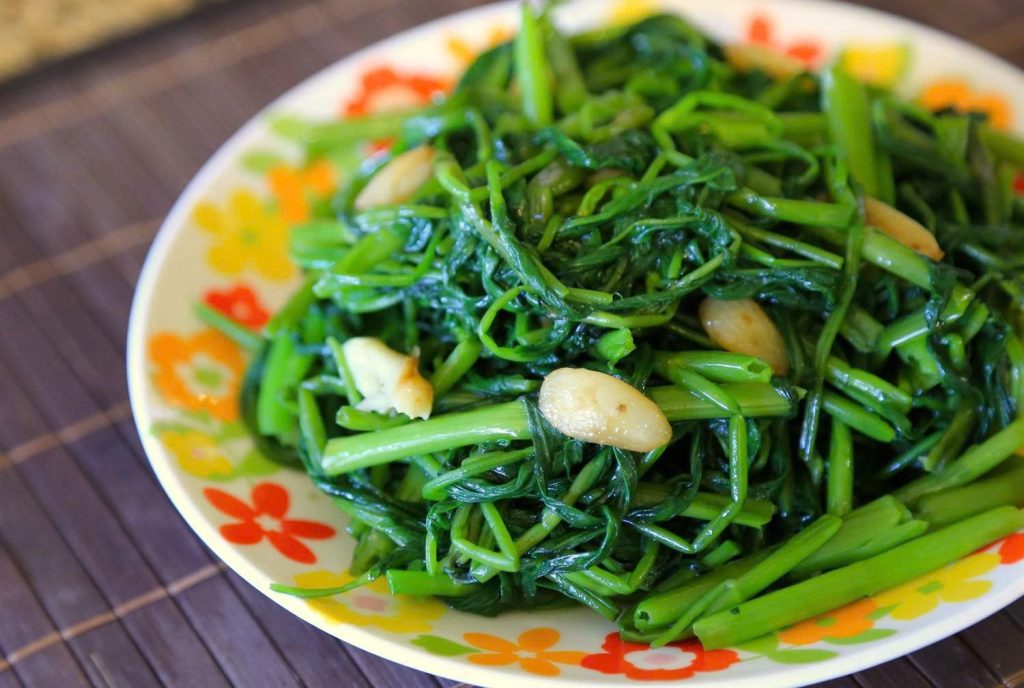
This is a classic that has gained international fame, even being recognized by global culinary critics. The combination of crispy rau muong and fragrant garlic is irresistible.
How to Make It:
- Step 1: Sourcing the Ingredients. Get fresh rau muong, plenty of garlic cloves, and a bit of oil.
- Step 2: Sautéing the Garlic. Heat a wok with cooking oil. Add finely minced garlic and stir-fry until golden and aromatic.
- Step 3: Stir-frying the Rau Muong. Add the rau muong quickly and stir-fry it on high heat. The high temperature is key to keeping the vegetable crunchy.
- Step 4: Seasoning. Season with fish sauce, a little sugar, and maybe a dash of oyster sauce for added richness. Continue to stir-fry until the vegetable is just cooked through.
The dish is best served immediately, when the vegetable is at its crispest. The pungent garlic and savory sauce perfectly complement the mild flavor of the rau muong.
3. Canh Rau Muong (Water Spinach Soup)
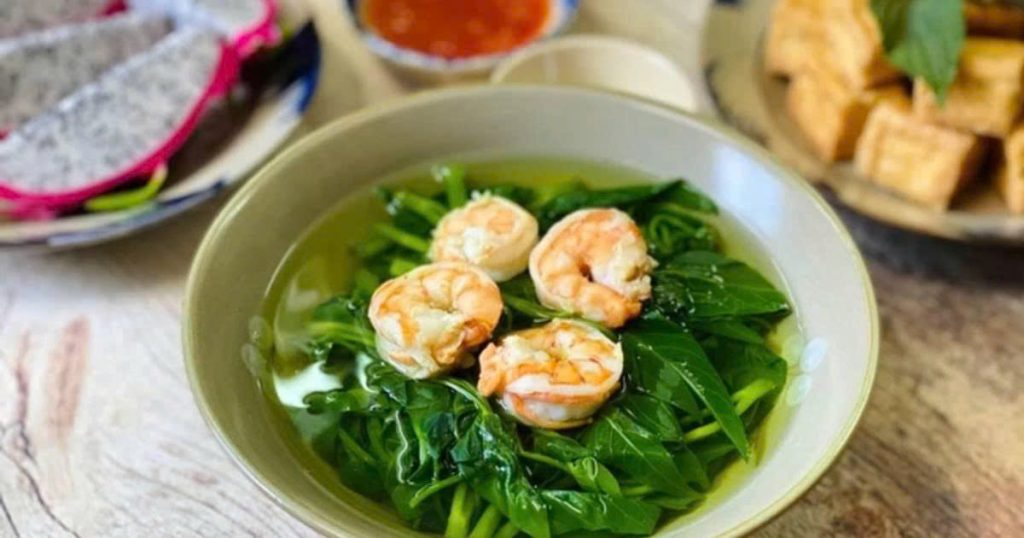
A soothing and light soup that is a perfect a side dish for any meal. The soup’s flavor is refreshing, often with a slight tang from lime or tamarind.
How to Make It:
- Step 1: Preparing the Base. Sauté some garlic and shallots. You can also add some small pieces of shrimp, clams, or even tamarind to create a more complex flavor profile.
- Step 2: Cooking. Pour in water and let it come to a boil.
- Step 3: Adding Rau Muong. Once the water is boiling, add the rau muong and cook for just a couple of minutes. The goal is to keep the vegetable vibrant.
- Step 4: Seasoning. Season with fish sauce and a little pepper.
The result is a light, flavorful soup that helps balance a meal, especially one with heavier, richer dishes.
4. Goi Rau Muong (Water Spinach Salad)
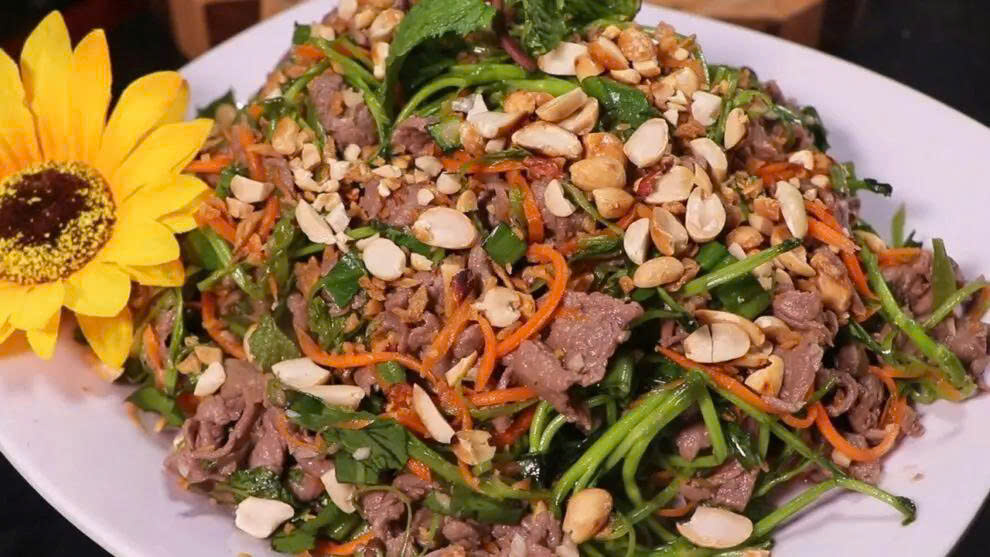
This dish demonstrates the creative side of Vietnamese cuisine. The rau muong stems are often shredded, or “chẻ,” into delicate, noodle-like strands, then mixed with a dressing.
How to Make It:
- Step 1: Shredding the Stems. The hollow stems are split and then pressed or pulled to create long, fine curls. This is a traditional technique known as “chẻ.”
- Step 2: Preparing the Dressing. The dressing is a balance of sweet, sour, and savory, typically made with fish sauce, sugar, lime juice, and chili.
- Step 3: Combining. The shredded rau muong is tossed with the dressing, often with toasted peanuts, fried shallots, and other herbs like mint or coriander.
This salad is a refreshing appetizer, perfect for a hot summer day.
The Health Benefits of Rau Muong
Beyond its culinary appeal, rau muong is a powerhouse of nutrition. It’s an excellent source of essential vitamins and minerals, making it a valuable addition to a healthy diet.
- Rich in Vitamins: Rau muong is packed with Vitamin A, which is crucial for vision and immune function, and Vitamin C, a powerful antioxidant.
- Iron Content: It’s a great source of iron, making it beneficial for people with anemia.
- Dietary Fiber: The high fiber content aids digestion, prevents constipation, and can help with weight management.
- Antioxidants: Rau muong contains various antioxidants that help protect the body from free radical damage.
- Hydration: Because of its high water content, it’s also excellent for hydration, especially when consumed in soup.
Where to Find Rau Muong: The Vietnamese Market Experience
To truly appreciate rau muong, one must visit a local Vietnamese market. Here, rau muong is sold in fresh, vibrant bunches, often alongside other common vegetables like water mimosa (rau nhut) and morning glory (rau muong is often called this too, which can be confusing but is common in English). The sight of vendors skillfully selecting the best bunches, and the sounds and smells of the market, are an integral part of the experience.
RELATED: Vietnam Food: Top 20 best Vietnam food
Rau muong is a testament to the Vietnamese philosophy of food: that the most delicious and satisfying meals often come from the simplest ingredients. It’s a vegetable that represents comfort, tradition, and the deep-seated connection to nature that defines Vietnamese cuisine. Whether boiled, stir-fried, or tossed in a salad, rau muong is a must-try for anyone looking to experience the authentic flavors of Vietnam.

